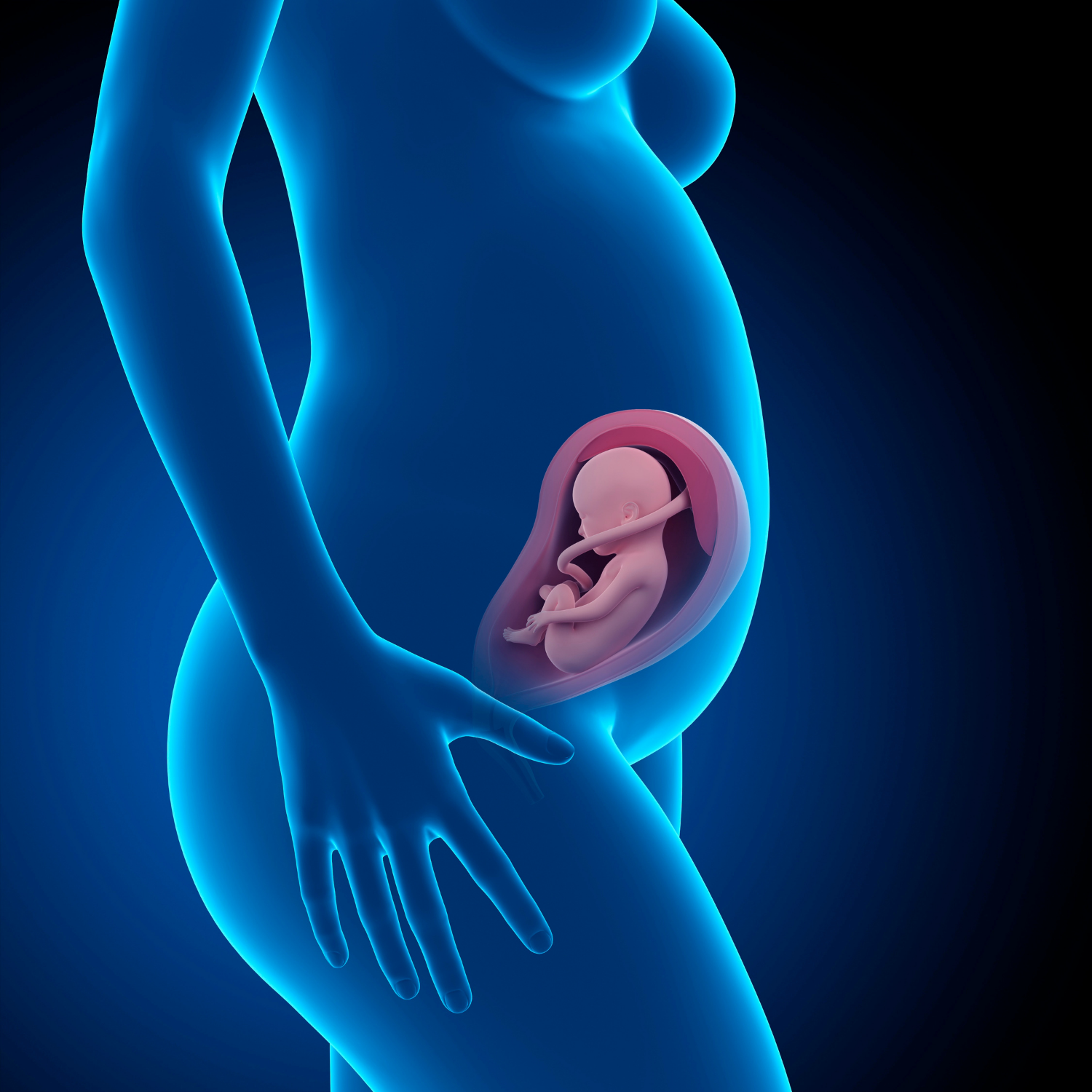Tiny Tech Revolutionizes Understanding Of Baby's First Breath

In a groundbreaking advancement, scientists have harnessed the power of microtechnology to delve into a mystery that has puzzled medical professionals for decades: the effect of antenatal corticosteroids on fetal lung development. This innovative approach, known as the Microphysiological Analysis Platform (MAP) on a chip, offers a window into the womb, allowing researchers to observe the intricate dance of biology in unprecedented detail.
Antenatal corticosteroids are commonly administered to pregnant women at risk of preterm birth. These steroids are known to accelerate lung maturity in the fetus, a critical development that can significantly improve outcomes for premature infants. However, the precise mechanisms by which these drugs influence fetal lung development have remained largely elusive—until now.
Researchers from Seoul National University have developed a revolutionary 'placenta and fetal lung MAP on a chip' to simulate the complex interactions between the placenta, the fetus, and the drugs. This tiny device mimics the natural environment within the uterus, enabling scientists to observe how corticosteroids traverse the placenta and impact the developing lungs.
The findings from this study hold the potential to transform neonatal care. By understanding the pathways and effects of these drugs, medical professionals can fine-tune treatments to better support premature infants, reducing the risks associated with early birth. The MAP on a chip not only sheds light on the immediate effects of corticosteroids but also opens avenues for exploring long-term impacts on health.
Moreover, this technology represents a significant leap forward for personalized medicine. By tailoring interventions based on insights derived from the MAP, healthcare providers can offer treatments that are specifically suited to the unique needs of each pregnancy. This, in turn, can lead to better health outcomes for both mothers and their babies.
The broader implications of this research extend beyond neonatal care. The MAP on a chip technology could be adapted to study various conditions affecting fetal health, offering a powerful tool for understanding and addressing complications during pregnancy. As the research community continues to explore the potentials of this approach, we may soon witness a new era in prenatal medicine, driven by the insights gleaned from this tiny yet mighty innovation.
In sum, the MAP on a chip is not just a technological marvel; it is a beacon of hope for countless families around the world, promising safer pregnancies and healthier beginnings for the next generation.